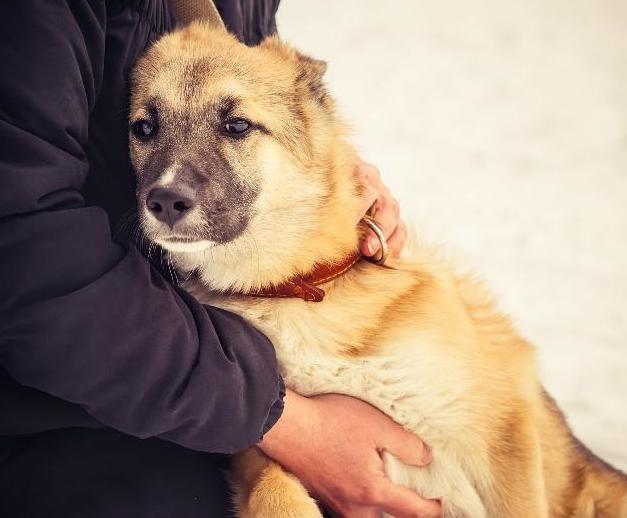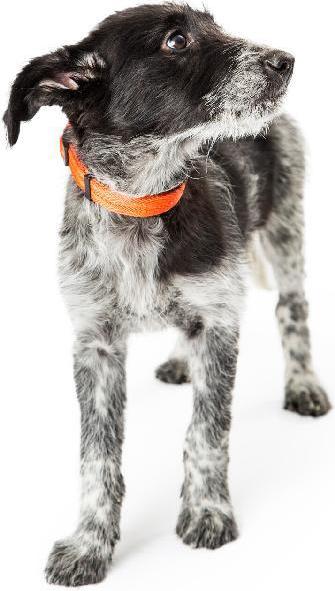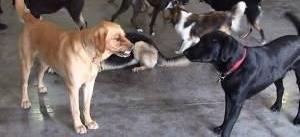case study
From Reactive to Relaxed Dr. Sheryl L. Walker presents the case study of Gerhardt, a young German shepherd/ Rottweiler mix who struggled with anxiety- and pain-induced, dog-directed aggression
Young German shepherd/ Rottweiler mix Gerhardt reported with approximately six bite events at the initial behavior consult (Stock Image)
© Can Stock Photo / dragon_fang
O
f all my years studying animal behavior and consulting with indi vidual clients and animal shelters, there was one case in particu lar that stood out, partly because it featured two incredibly dedicated guardians. Ironically, it was also one of my most complex cases. It was a case of canine anxiety and paininduced dogdirected ag gression involving a young neutered male German shepherd/Rottweiler mix named Gerhardt who had approximately six bite events between August 2009 and November 2012, beginning when he was approxi mately 7 months old. The environmental trigger, initially, seemed to be mealtimes, during which Gerhardt’s guardians Lynn and Lee* fed Gerhardt out of a metal bowl. However, upon further investigation, another environmental trig ger was identified as Gerhardt being in close proximity to other dogs.
Gerhardt’s guardians were instructed that while on walks, if Gerhardt heard or saw another dog, they would click then treat. If Gerhardt’s body language seemed relaxed, they would continue on their walk. But if his body language seemed tense, they would then turn around and walk back home.
34
BARKS from the Guild/May 2021
History Lynn and Lee adopted Gerhardt from a shelter at the age of 8 weeks. He and his litter of four siblings were fostered from the age of 4 weeks, when they were found in an abandoned home in January 2009. Re search shows that that removing puppies from their moms too young can be detrimental to their behavioral development (Battaglia, 2009; Pierantoni et al., 2011; Plujimakers et al., 2006; Slabbert and Rasa, 1993). This has also been shown in other species, such as mice and rats (Ito et al., 2006; Kikusui et al., 2004). Lynn and Lee took Gerhardt to puppy training classes starting when he was 12 weeks old. They also took him to weekly puppy playgroups and socialized him with people, other dogs, and new environments. Ide ally, these experiences can set the foundation of a behaviorally sound dog (De Meester et al., 2005; Foyer et al., 2013; Howell et al., 2015). Gerhardt had a history of either one or more symptoms of allergies when he was younger, including severe itching/licking, vomiting, and/or diarrhea. When he was 6 or 7 months old, he had large patches of hair loss on both lateral sides due to constant licking. This lasted for a month, then the hair reappeared with no treatment and grew back nor mally. His guardians attributed these behaviors to a sensitive stomach and worked through several different brands of dry dog food to elimi nate the problem. However, such symptoms can also be indicative of anxiety (Camps et al., 2019; Dreschel, 2010).















